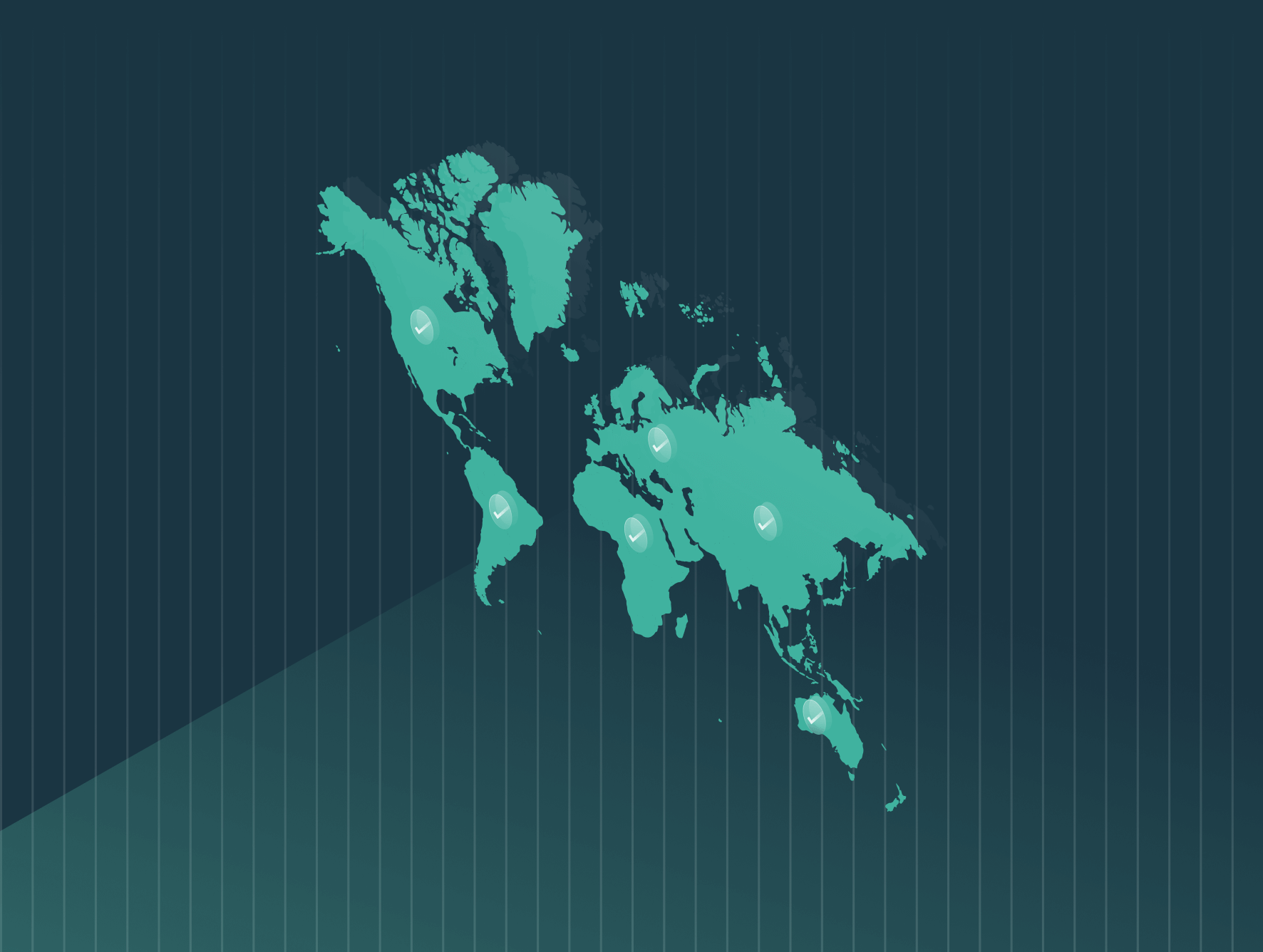The wage gap between men and women begins at the start of an individual’s career, according to new data from the National Association of Colleges and Employers (NACE).
NACE’s First Destinations Survey for the Class of 2020 shows a stark difference between men’s and women’s starting salaries right out of college, debunking the myth that women earn less because of their decision to leave the workforce to care for their families, a theory known as the Motherhood Penalty. The survey data includes, for the first time in its history, gender and race/ethnicity information. Authors from the survey note there was enough data to formulate analysis for college graduates at the bachelor’s degree level.
According to the NACE report, “female bachelor’s degree graduates are less likely to be employed full time within six months after graduation than are male graduates and when employed, are paid less than their male counterparts.”
After reviewing the survey data, NACE found that “The data shows that women with newly minted bachelor’s degrees earn an average of $52,266 compared to $64,022 earned by men, mirroring the overall differential in pay between men and women reported by the BLS.” Furthermore, the report dashboard shows that non-binary individuals have an even lower starting salary, earning on average just $45,099.
It’s interesting to note that the report dashboard also includes average starting salaries by race/ethnicity. Asian Americans earn the greatest amount, on average receiving $73,400. Close behind were White Americans at $56,850 and Black Americans at $56,079. Hispanic Americans averaged slightly less at $55,615.
And so, the question is – why are individuals’ salaries so different? Of course, details such as majors in college have a direct correlation to starting compensation for individuals, but career paths selected do not make up the entirety of women’s lower salary earnings.
NACE finds that “Based on the distribution of males and females across all academic disciplines for which NACE has salary data, NACE calculates that, based on the choice of academic major alone, female graduates could end up with an overall average salary 12% less than their male counterparts—not the 18% differential that NACE’s survey found. In other words, academic majors may account for about two-thirds of the difference in salary, but not the entire difference.”
So the pay gap between men and women first starting out their professional careers can be partially explained. The remaining deficit, however, could be attributed to race and gender-based pay discrimination. This discovery is an important one because when an individual’s initial salary is low, it can compound over time, since Total Compensation Specialists and HR practitioners sometimes rely on previous salary earnings for determining new offers of compensation.
The good news is that states across the U.S. are continuing to enact salary history bans to combat wage discrimination. Salary history information perpetuates the gender wage gap, but by preventing the use of previous earnings, employers must rely on external and internal market data – helping reduce gender and race/ethnicity wage discrimination.
A total of 21 states, including the District of Columbia and Puerto Rico have passed salary history bans barring employers from inquiring about job applicant’s previous pay.
Several states and localities are taking the initiative a step further by requiring pay transparency requirements for employers posting job openings. Colorado and Connecticut, for example, require employers to disclose salary information and employee benefits in job positions.
And so, HR practitioners and Total Compensation Specialists should take note of the way NACE spliced the survey data to create real-world meaning. Legitimate factors explain a portion of the pay gap – but not all.
In the same way, the data above was analyzed to draw compensation analyses between individuals, you can analyze wage information within your own organization with our pay equity and DEI analytics software, PayParity.
Employers should consider implementing a pay equity software tool, like PayParity, to analyze employee compensation at the intersections of gender, race/ethnicity to identify legitimate pay inequities. This proactive approach will ensure fairness of compensation in the workplace, increase employee retention, and reduce legal liability.








